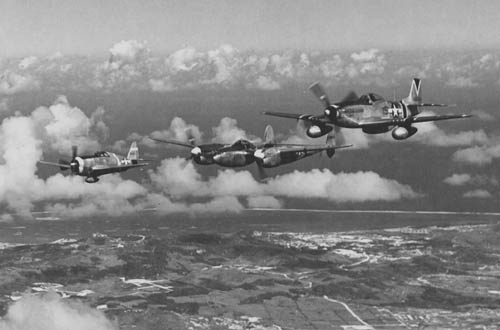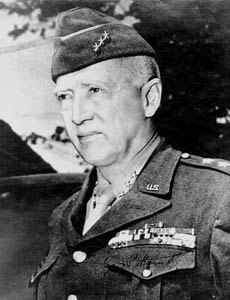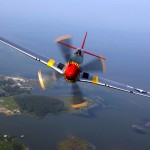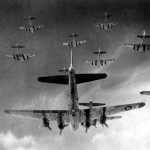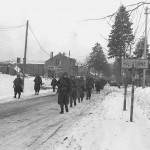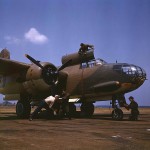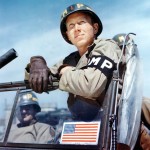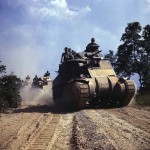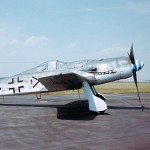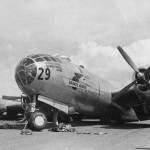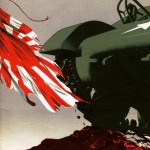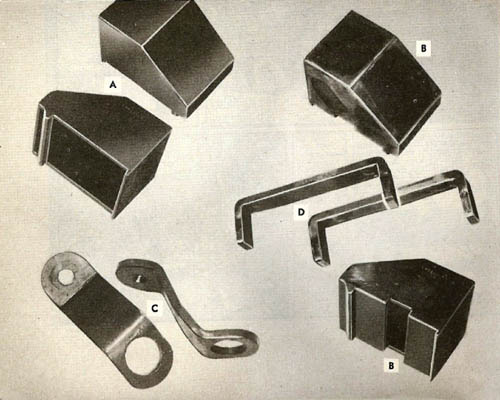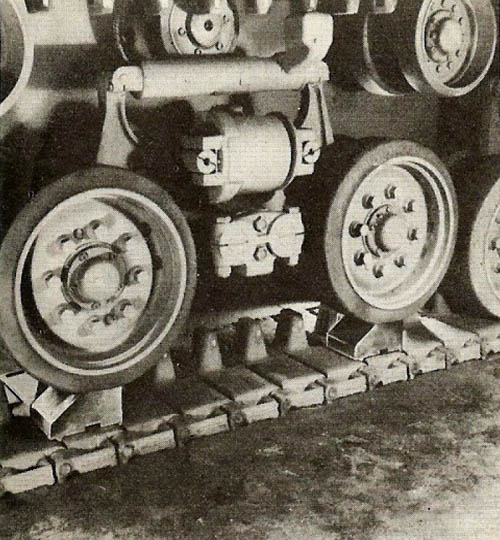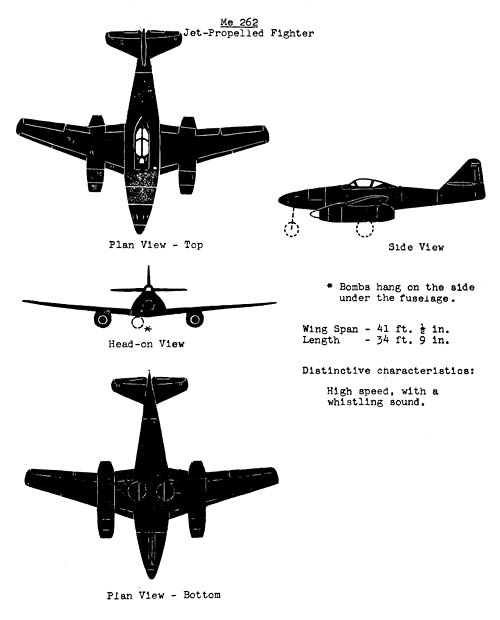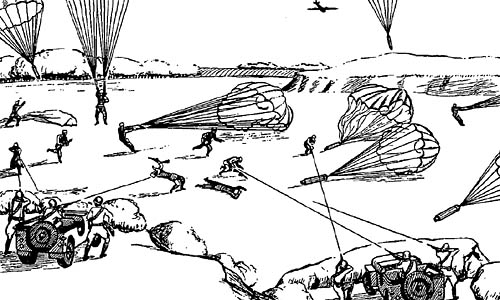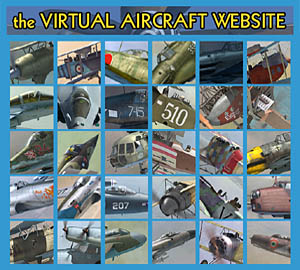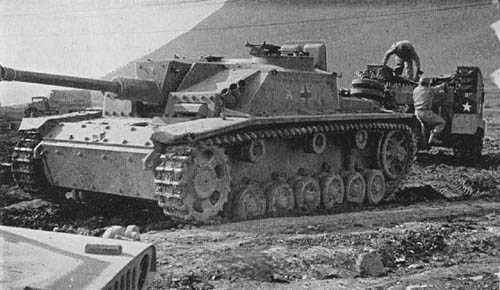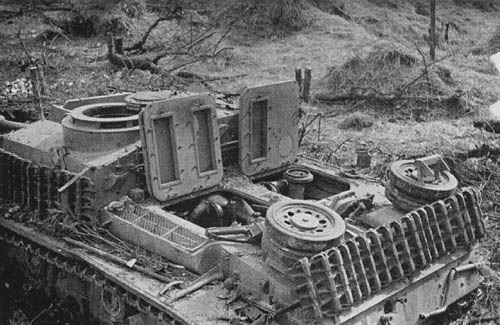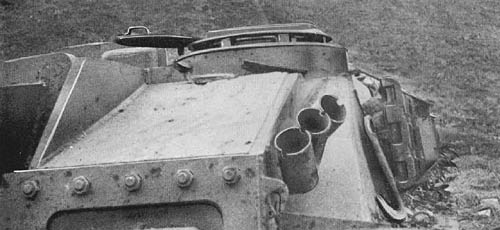Summary of vehicle painting and maintenance instructions from AR 850-15 from Army Motors, Vol. 6, No. 6, September 1945.
THE NEW AR 850-15
The law on “Miscellaneous—Motor Vehicles” gets a major overhaul for the first time in two years. This’ll help you get hep to what’s what.
Changes that affect you—because they affect vehicle operation and maintenance—blew in with the newly-revised AR 850-15 (1 Aug. 45). New do’s and don’t’s, new words like “semigloss” and “full gloss” have been written into the regulations. And a lot more, too.
NEW PAINT
Good news for maintenance men who’ve long been bitching about lusterless OD breaks out in par. 7, which prescribes approved semigloss olive drab for vehicles (certain ones excepted). The new paint is Enamel, olive drab, rust-inhibiting, U.S. Army spec. 3-181, amendment 3, type V—Fed. Stock No. 52-E-7574 for a 1-gal. can, 52-E-7574-75 for a 5-gal. can. But don’t start requisitioning it now—the stuff won’t get into supply channels for 60 to 90 days, and anyway, you only put it on when the vehicle’s due for a repaint. ASF Circular 291 (1 Aug. 45) says: “The new painting procedure… will be applicable to U.S. Army motor vehicles now in use, other than those excepted… when the vehicles require complete refinishing in accordance with established maintenance schedules and upon the availability of the semigloss paint prescribed.”
On busses, ambulances (except 3/4-ton 4×4’s), and passenger sedans, the AR goes whole hog on gloss. It says they may be painted a full gloss OD—but not until a repaint is necessary.


